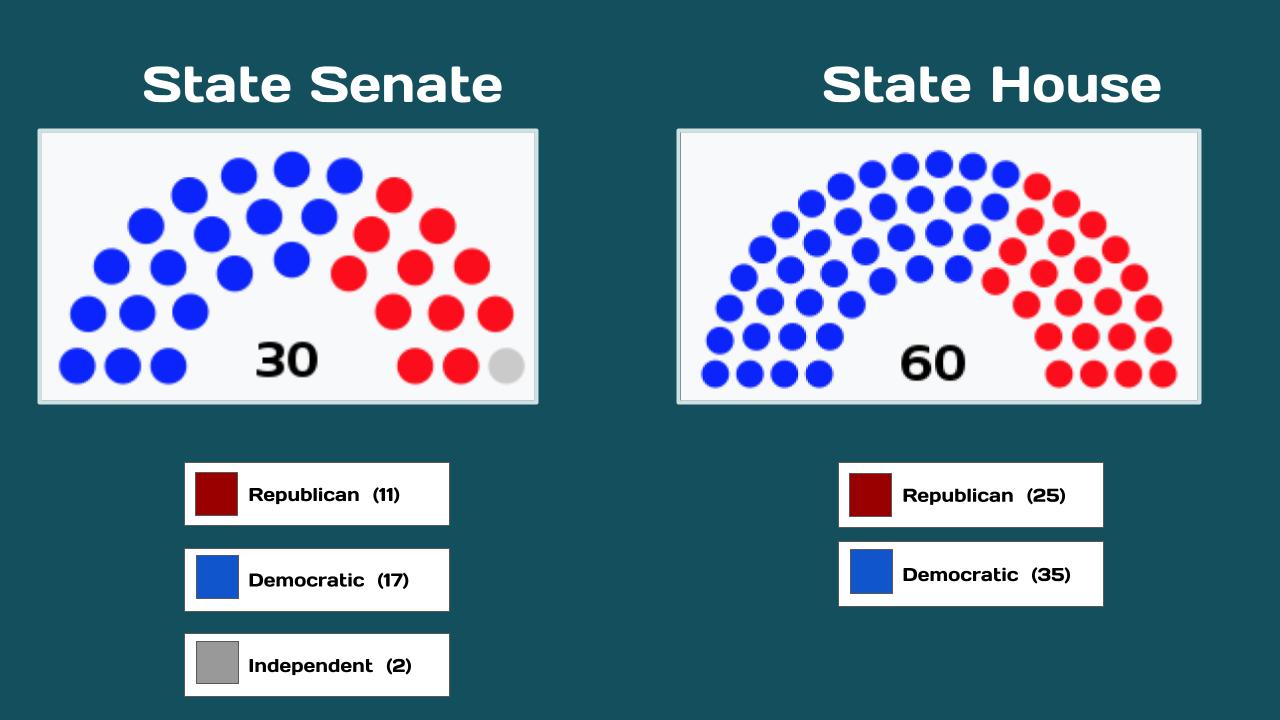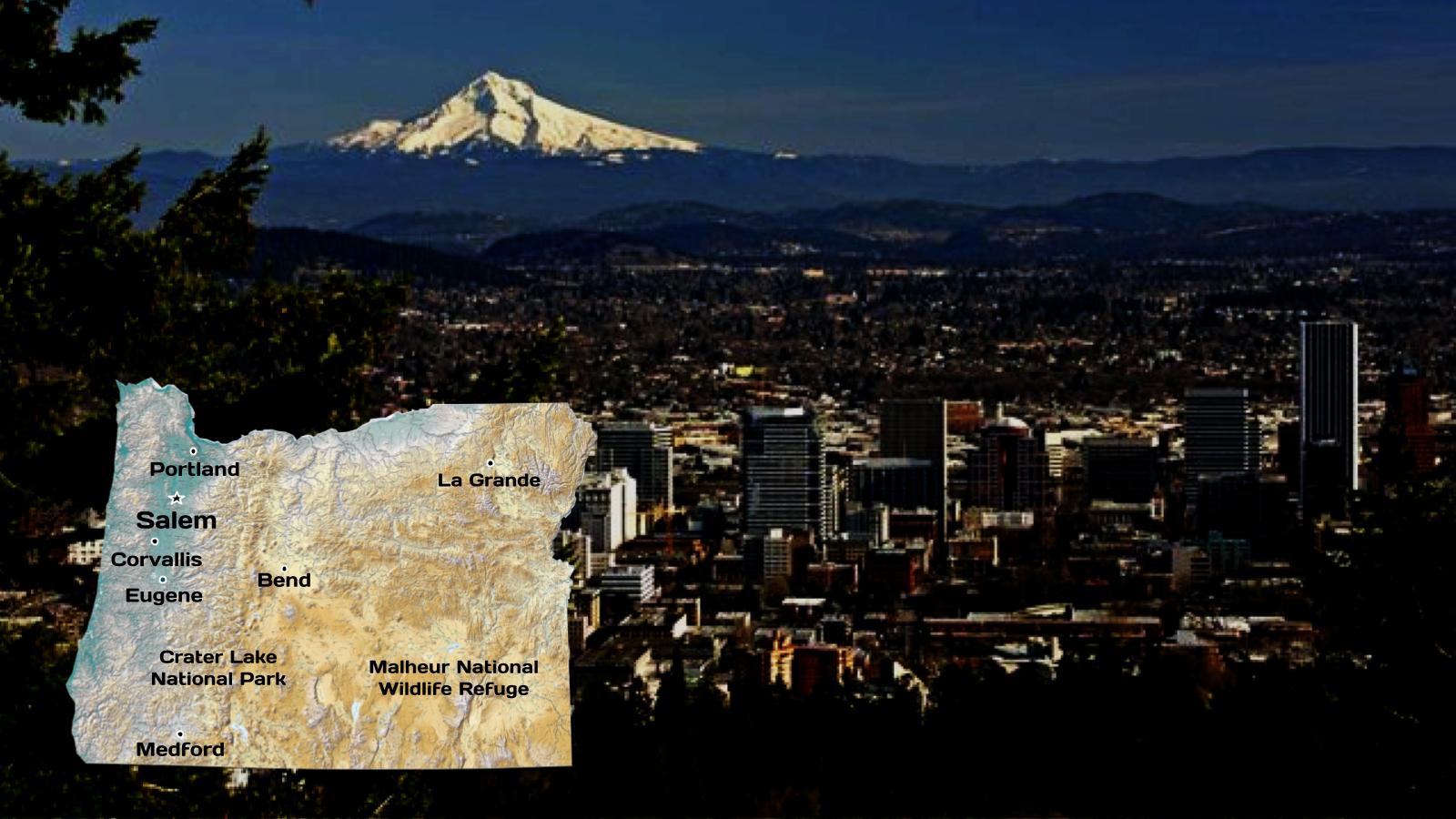The Oregon Legislative Assembly is the state legislature for the U.S. state of Oregon. The Legislative Assembly is bicameral, consisting of an upper and lower house: the Senate, whose 30 members are elected to serve four-year terms; and the House of Representatives, with 60 members elected to two-year terms. There are no term limits for either house in the Legislative Assembly.
Each Senate district is composed of exactly two House districts: Senate District 1 contains House Districts 1 and 2, SD 2 contains HD 3 and HD 4, and so on. (Maps of Senate districts can be found in the Oregon State Senate article.) Senate districts contain about 127,700 people, and are redrawn every ten years.
The legislature is termed as a “citizens’ assembly” (meaning that most legislators have other jobs. Since 1885, its regular sessions of up to 160 days occurred in odd-numbered years, beginning on the second Monday in January] Effective 2012, the legislature moved into an annual session, with the even-numbered years having a “short session” of 35 days or less, beginning in February.
Source: Wikipedia
OnAir Post: OR Legislature




